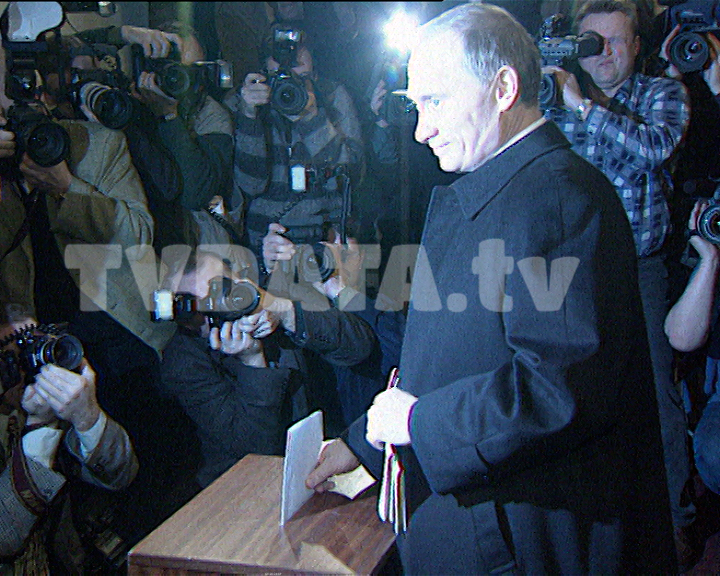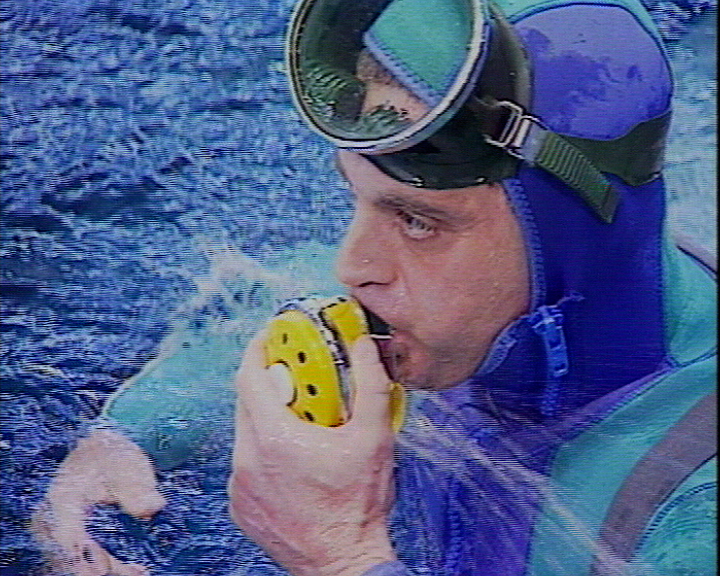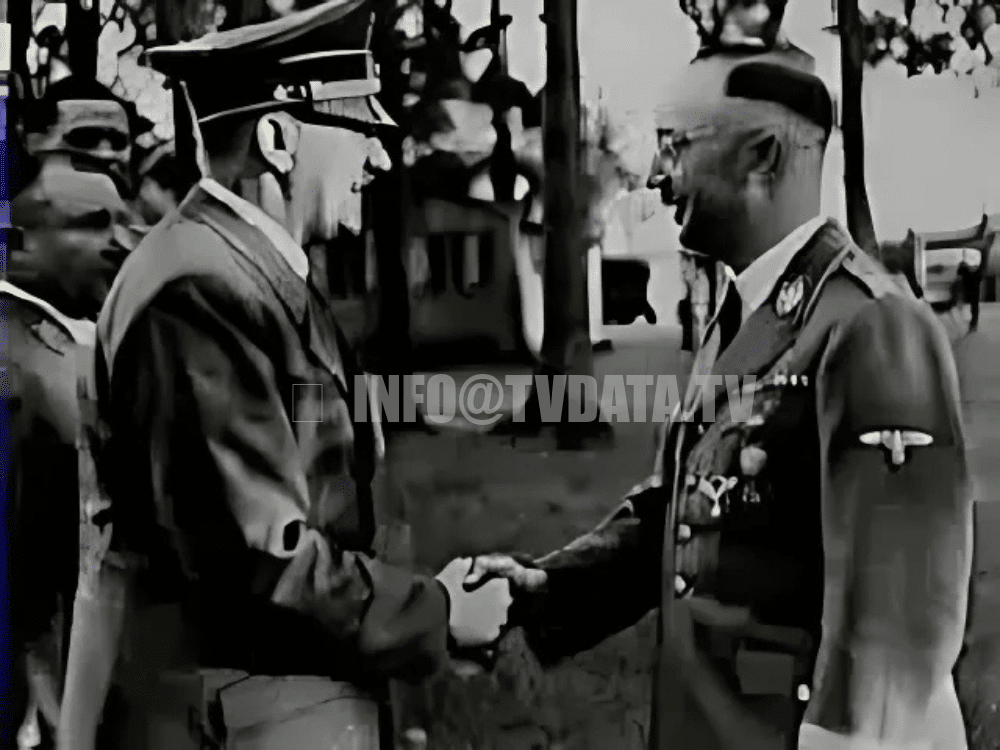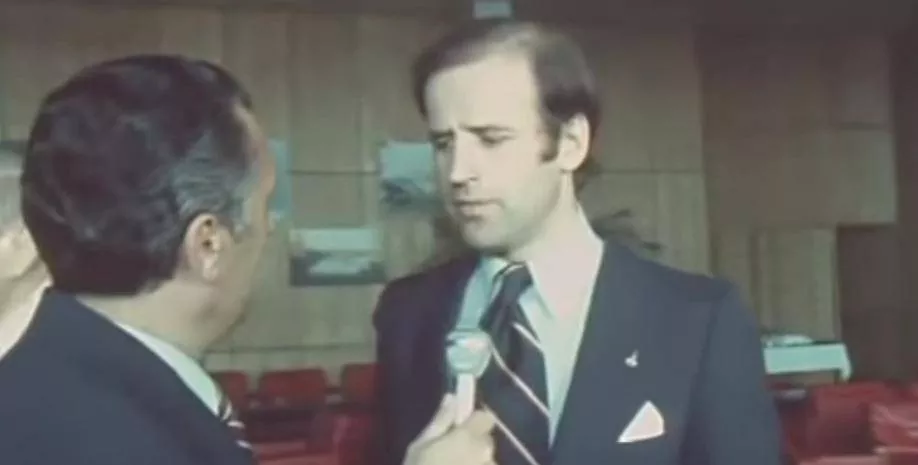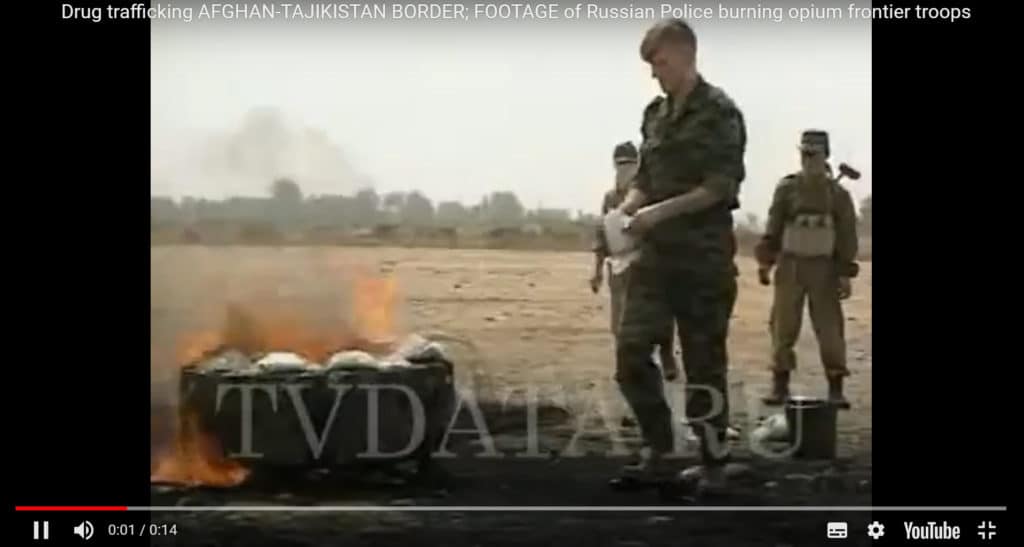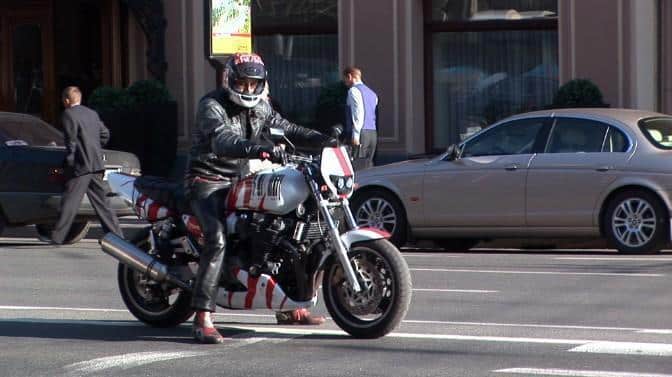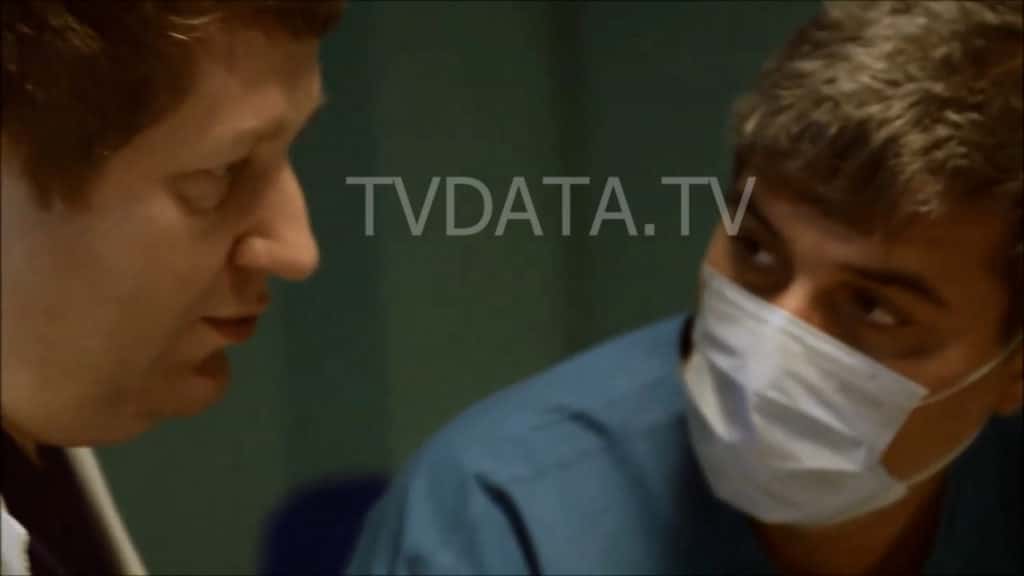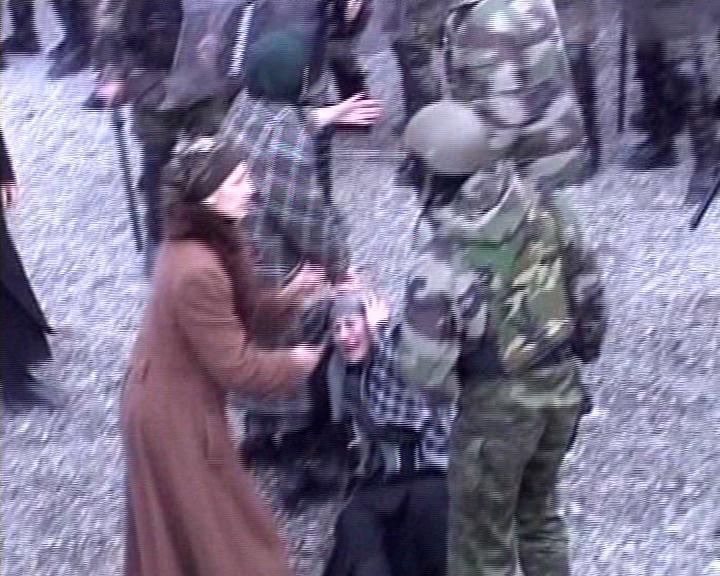The footage shows the mushroom cloud rising into the sky moments after the RDS-2 detonation—the Soviet Union’s second atomic bomb (U.S. codename ‘Joe-2’). Mounted on a 30-meter tower at Ground Zero, the plutonium implosion bomb exploded with a yield of 38 kilotons. A circling Tu-4 bomber crew triggered the blast via radio signal and filmed the explosion.
The Soviets used camera crews from the State Committee for Cinematography or the Central Documentary Film Studio for projects like these.
How the material reached the outside world?
After de-classification in the late 1980s the same reels were copied and released through Soviet newsreel archives. Commercial stock-footage vendors now license the clips, but their catalogue label simply reads “Source: USSR Central Documentary/Popular-Science Film Studio” – individual operators remain unnamed.
The pictures of the RDS-2 tower shot were not filmed by a lone cameraman but by state cinematography teams—ground crews from Tsentrnauchfilm and an Air-Force camera pair aboard the remote-firing Tu-4. In the closed, tradition-bound Soviet system, official institutions, not individuals, received the credit.
Strictly speaking, no individual “director” or cameraman received credit. In the early 1950s, the Soviet Union kept all nuclear-test footage classified and assigned the task to state institutions rather than individuals.
Here’s how the team captured the RDS-2 (Joe 2) test sequence:
| Where the camera was | Who operated it | What they used | Why it mattered |
|---|---|---|---|
| Air-borne platform – a Tupolev Tu-4A “Bull” bomber orbiting at ≈10 km | A two-man photo team from the 924th Independent Test Aviation Regiment (the very crew that radio-triggered the shot) under the supervision of the Air Force’s 71-st Test Range | 35 mm AFA-B high-speed cine-cameras looking through the dorsal blister and ventral hatch | Gave the dramatic, side-angle mushroom-cloud clip widely seen today and proved the Tu-4 could survive the blast wake ru.wikipedia.org |
| Ground blockhouses on the P-1 experimental field around the 30-m tower | The Photo-Cinematography Service (ФКС) of the 2-nd Main Directorate, reinforced by a field crew from the Central Studio of Popular-Science Films—better known later as Tsentrnauchfilm | Tripod-mounted 35 mm and 70 mm chronograph cameras plus streak-cameras for shock-front studies | Supplied the straight-up “pillar” view and technical footage used by designers; from RDS-1 onward that studio systematically filmed every Soviet test |
Historical Context
From 1949 to 1989, the Semipalatinsk Test Site in Kazakhstan served as the USSR’s principal nuclear proving ground, witnessing a total of 456 detonations—conducted underground, atop towers, and via air drops. Often referred to as the Soviet counterpart to America’s Nevada Test Site, Semipalatinsk was central to the USSR’s atomic ambitions. The RDS-2 test formed part of the foundational trilogy—alongside RDS-1 and RDS-3—each executed as a tower burst. The data gathered from these early experiments laid the technical groundwork for the Soviet Union’s first operational gravity bombs, thereby shaping the strategic equilibrium of the mid-20th century.
August 25, 1998 – Russian archival footage capturing Moscow on this date
TVDATA.TV archival footage capturing Moscow on this date. Rare 1990s visuals, perfect for documentaries, historical…
1990s Abkhazia footage: Post-War Poverty and Interviews
Description:Gritty footage from the unrecognized state of Abkhazia in the years after the 1992-1993 war….
Mikhail Gorbachev’s Residence – 1991
Video Description: Mikhail Gorbachev’s Residence – 1991 Title: Soviet Leader Under House Arrest – Gorbachev’s Crimean…
Vladimir Putin appearing “full of joy” during the 2004 Presidential Election – Polling Station & Voter Activity
BN14_2 Russia – Cosmonaut Neutral Buoyancy Training – Star City Hydrolab Stock Footage from Moscow Region
A Russian cosmonaut practices underwater training inside the Hydrolab at the Yuri Gagarin Cosmonaut Training…
AR10 – Germany/Russia Press Conference on Refugees – February 26, 1993
Indoor press event with audience and banners displayed, including inscriptions in German and Russian (“Refugees,…
